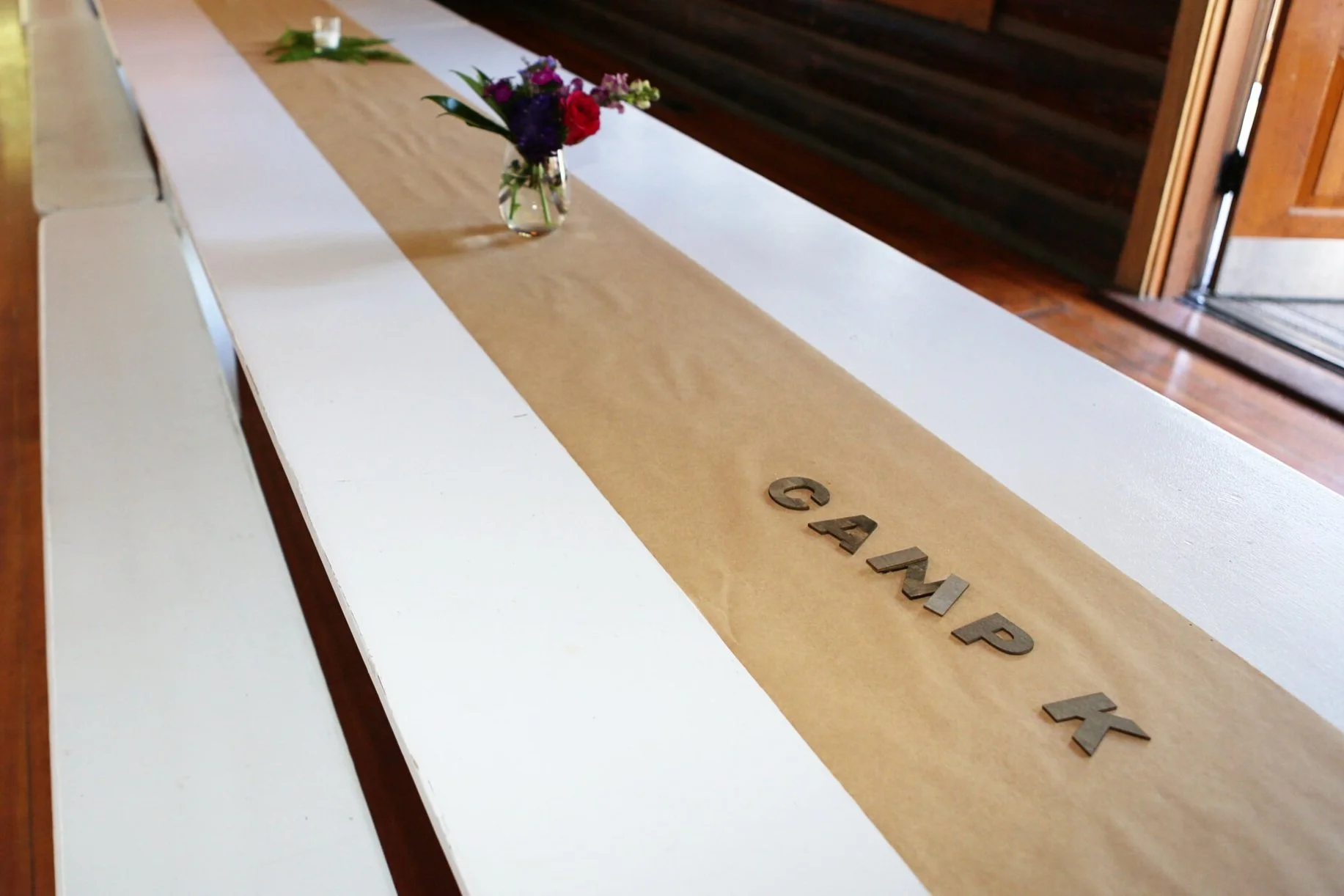History
On the secluded banks of Long Lake and shaded by mature Sitka spruce trees, Camp Kiwanilong is ideally situated for outdoor activity. It features several trails, including a two-mile path that winds through lush wetlands before arriving at the beaches of the Pacific Ocean. And the area surrounding the 270-acre campsite have many other attractions, including Fort Stevens State Park, Fort Clatsop – Lewis & Clark National Historical Park, Wreck of the Peter Iredale, and many other historic sites.
Before hosting its first young campers, the site that eventually became Camp Kiwanilong served as an experimental arboretum, where the civilian conservation corps planted many unusual varieties of trees. This was part of a historic effort in the 1930s to secure the north coast sand dunes. Those efforts left a remarkable variety of plant life on the campsite that campers and visitors alike enjoy to this day.
From 1936 to 1975, Clatsop County leased the Camp Kiwanilong property to the Girl Scouts. Little is known about this time the Girl Scouts occupied the camp, except for the camp’s namesake. They cleverly crafted a name that represents our mission of community and nature. “Kiwani” comes from the service organization that provided the principal labor and supplies to build the cabins, shelters and infirmary on the site, the Astoria Kiwanis Club. “Long” comes from the body of water that provides beauty and recreation to the site, Long Lake. The Camp Kiwanilong identity was born, but we still had many more hurdles to overcome.
By 1979, the campsite was vacant and in severe disrepair. To breathe new life into the camp, the county agreed to lease the camp to an independent board of directors. This board would operate and maintain the facility as a non-profit organization.
The Camp Kiwanilong Board, Inc. has overseen management of the camp ever since. It employs one full time staff person, and funds all of the camp’s expenses through registration fees, donations and grants. Contributions of labor and supplies from various individuals and local service organizations also help significantly defray the cost of operation and maintenance. Find out more about how you can contribute by visiting our Donation page.


